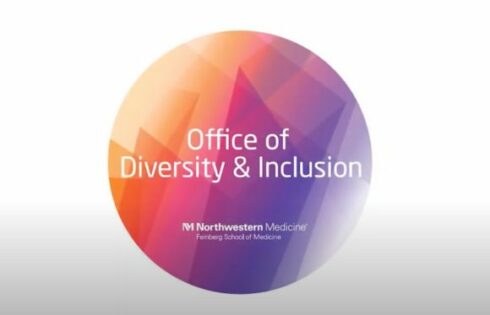
 We’ve long been vocal about the promise of the Arizona Assurance program, a semi-private program that provides opportunity to low-income Arizona students to attend the University of Arizona at no direct cost to them or their families.
We’ve long been vocal about the promise of the Arizona Assurance program, a semi-private program that provides opportunity to low-income Arizona students to attend the University of Arizona at no direct cost to them or their families.
Yet for just as long, we’ve been concerned about the program’s ability to sustain itself against what will only be an increasing need for financial aid, given the ever-larger numbers of students and families with fewer resources to devote towards college. As families continue to face the current cloudy economic climate, more will qualify for programs like Assurance — while at the same time, the tax dollars and private donations that would sustain such a program are decreasing at an even more rapid rate due to that same economic turbulence.
And it looks like those were keen concerns: After dramatic growth in the program’s first few years of existence, the current incoming class of Arizona Assurance students is the smallest the program has ever had. Of course, that’s not how UA News tells the story:
The University of Arizona’s outstanding freshmen class – the largest, most prepared and most diverse in its history – includes 510 scholars in Arizona Assurance, a program for in-state, low-income college students who might not otherwise be able to attend the UA.
Thanks to previous articles just like this year’s, it is easy to compare the Assurance enrollment numbers for the years since its founding in 2008 — and easy to see the dramatic decline from 2010 to 2011:

The program supported 590 students its first year, 770 in 2009, 1,100 in 2010, and only 510 in 2011. The UA has devoted much time and energy to the fact that this is the largest freshmen class ever — a fact that should also result in more students than ever needing the kind of financial aid Assurance provides. Arizona Assurance is a good program — the retention rates of the students it supports are very strong, and basing aid and affirmative action on socio-economic status rather than ethnicity is absolutely the direction financial aid should start to lean.
But its current incarnation — where over 15 percent of the 2010 freshmen class was attending the UA completely free — is not sustainable. More students need aid, the UA is simultaneously less able to generate and endowment to support a program like this. If their report to ABOR last December was any indication, not even the organizers of this program expected their resources to decrease at such a rapid rate: the UA reported they anticipated 2009′s number of 770 scholars per year to decrease to 700 scholars by 2016. This year’s class of 510 scholars represents a 46 percent decrease in the number of students the program was able to support in just one year — at that rate, Assurance will be long gone by 2016.
The death of this program would be a lamentable occurrence indeed — but that threat is indicative of many made by the Shelton administration: a penchant for expensive, shiny programs in a time when perhaps aiding more students in a less flamboyant manner would have assured this program for more than a few lucky kids in a few short years of its existence.
Anna Swenson is the editor of the Desert Lamp. She is a contributor to the College Fix.
Like The College Fix on Facebook / Follow us on Twitter





Please join the conversation about our stories on Facebook, Twitter, Instagram, Reddit, MeWe, Rumble, Gab, Minds and Gettr.